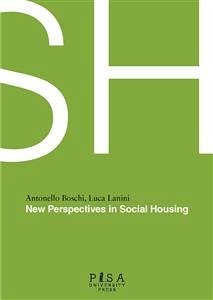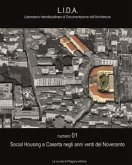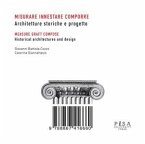Our Italian Houses – the public housing heritage as well as the private developer settlements of the last thirties years – are expensive, inefficient, energy-consuming, too big, without a proper and/or updated lay-out, not designed for modern uses and actual-sized families. In one word: they are old. Starting from the ‘90s, there are many examples of remodelage and renewal of social housing neighborhoods that took place in the United States as well as in some areas of Europe, where countries such as Germany, the Netherlands, United Kingdom, France, made a widespread policy of renovation, while Southern European countries are still more vulnerable in terms of strategies.The volume focuses on Italy, on its delay and attempt to recover the buildings, adapting them to the current regulation and new contemporary living. A careful remark about social housing, new typologies, standards and technologies, without forgetting the energy retrofitting, to gear their architecture layout, to integrate them with the urban facilities.
Bitte wählen Sie Ihr Anliegen aus.
Rechnungen
Retourenschein anfordern
Bestellstatus
Storno









